Lab Spotlight:
The HTX Lab at EMBL Grenoble
A high-throughput, automated crystallization platform
The High Throughput Crystallization Laboratory is a major facility for automated, nanovolume, crystallization screening located at the EMBL (European Molecular Biology Laboratory) Grenoble Outstation.
The standard plates routinely used at the HTX platform are the CrystalDirectTM 96-well plates, which are ideally suited for crystallization experiments, but also for in situ, serial data collection and LCP experiments. When used in combination with the CrystalDirectTM Harvester (developed by the Marquez & Cipriani teams), this gives access to fully automated crystal soaking, cryo-cooling and harvesting (Zander et al., 2016). By removing the bottlenecks represented by manual crystal processing, the CrystalDirectTM Technology is accelerating progress for challenging projects that require the analysis of many samples. Moreover, it precludes the need to add cryo-protectants before cryo-cooling (Bezerra et al., 2017, Fernandez et al., 2017, Zander et al., 2016).
The HTX lab has also developed the web-based Crystallization Information Management System (CRIMS), which is currently used by multiple laboratories. The combination of the CrystalDirectTM Technology with the ESRF MASSIF-1 as well as the CRIMS and ISPyB systems has enabled the development of fully automated, protein-to-structure pipelines, integrating crystallization, crystal mounting and processing as well as X-ray data collection and analysis in a continuous, remote-controlled workflow.
These pipelines are being applied to support challenging projects in structural biology as well as to provide access to large-scale fragment screening. Scientists working at either academic labs or industry can access the HTX platform services, offered via the EU-funded iNEXT program (in collaboration with ESRF) and EMBLEM, respectively. Furthermore, all users have remote web-based access to experimental set-up and results in real-time (Marquez & Cipriani, 2014).
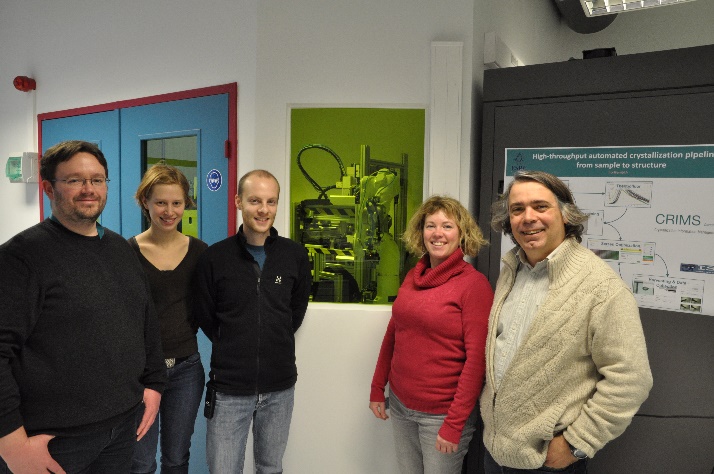
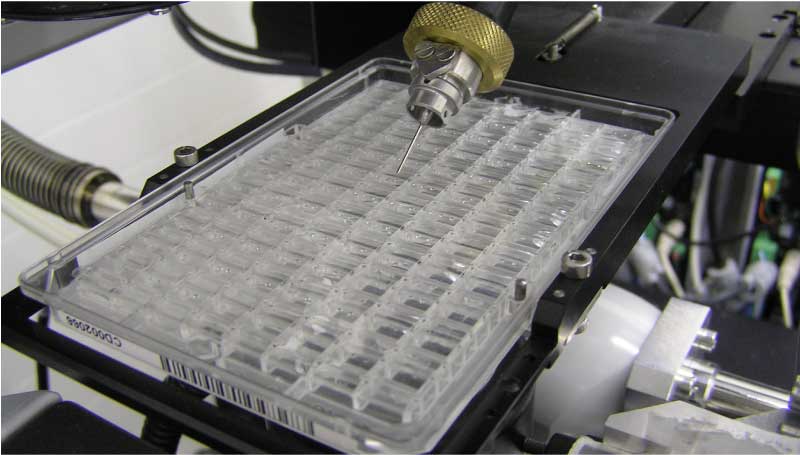
CrystalDirect™ crystallization plate during automated crystal harvesting and cryo-cooling with the CrystalDirect™ Harvester.
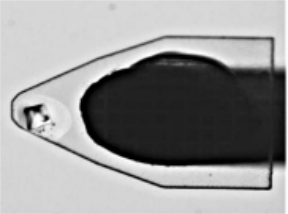
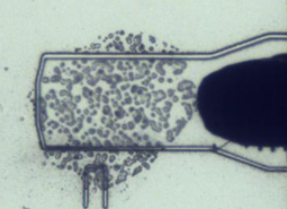
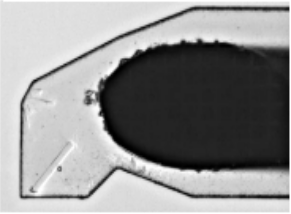
Recommended Tools:
"We recommend the CrystalDirect™ plates for their versatility, compatibility and ease-of-use"
Contact:
DR. JOSÉ A. MÁRQUEZ
Head of Crystallisation Facility
marquez@embl.fr
https://htxlab.embl.org/
Other Links:
References:
Bezerra GA, Ohara-Nemoto Y, Cornaciu I, Fedosyuk S, Hoffmann G, Round A, Márquez JA, Nemoto TK, Djinović-Carugo K. (2017) Bacterial protease uses distinct thermodynamic signatures for substrate recognition. Sci Rep 7(1) doi: 10.1038/s41598-017-03220-y
Fernández I, Cornaciu I, Del Carmen Carrica M, Uchikawa E, Hoffmann G, Sieira R, Márquez JA, Goldbaum FA. (2017) Three-dimensional structure of full-length NtrX, an unusual member of the NtrC family of response regulators. J. Mol. Biol. doi: 10.1016/j.jmb.2016.12.022
Márquez JA, Cipriani F. (2014) CrystalDirect™: a novel approach for automated crystal harvesting based on photoablation of thin films Methods Mol. Biol. 1091:197-203. doi: 10.1007/978-1-62703-691-7_14
Zander U, Hoffmann G, Cornaciu I, Marquette JP, Papp G, Landret C, Seroul G, Sinoir J, Röwer M, Felisaz F, Rodriguez-Puente S, Mariaule V, Murphy P, Mathieu M, Cipriani F, Márquez JA. (2016) Automated harvesting and processing of protein crystals through laser photoablation. Acta Crystallogr D Struct Biol 72(Pt 4):454-466. doi: 10.1107/s2059798316000954
